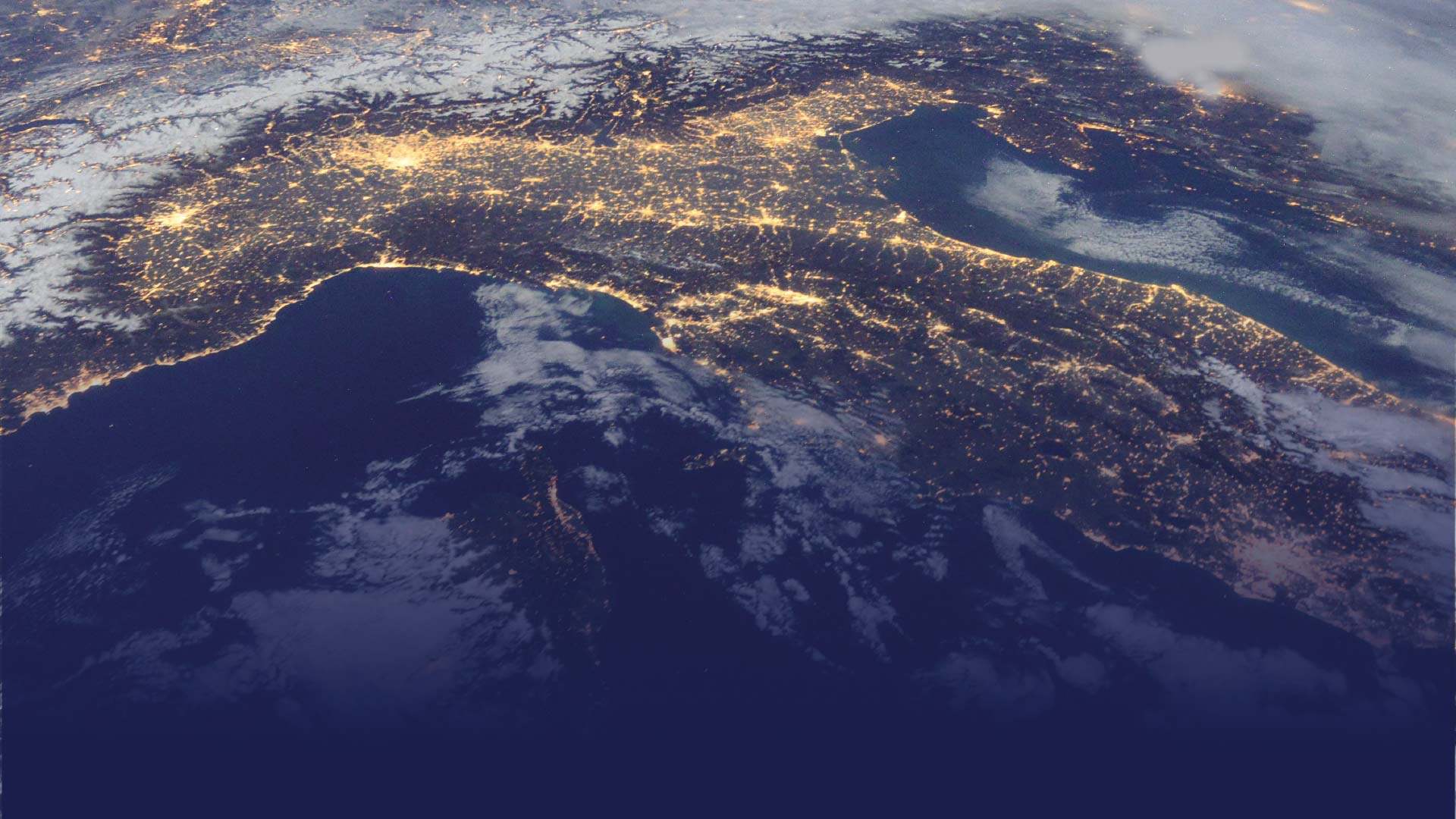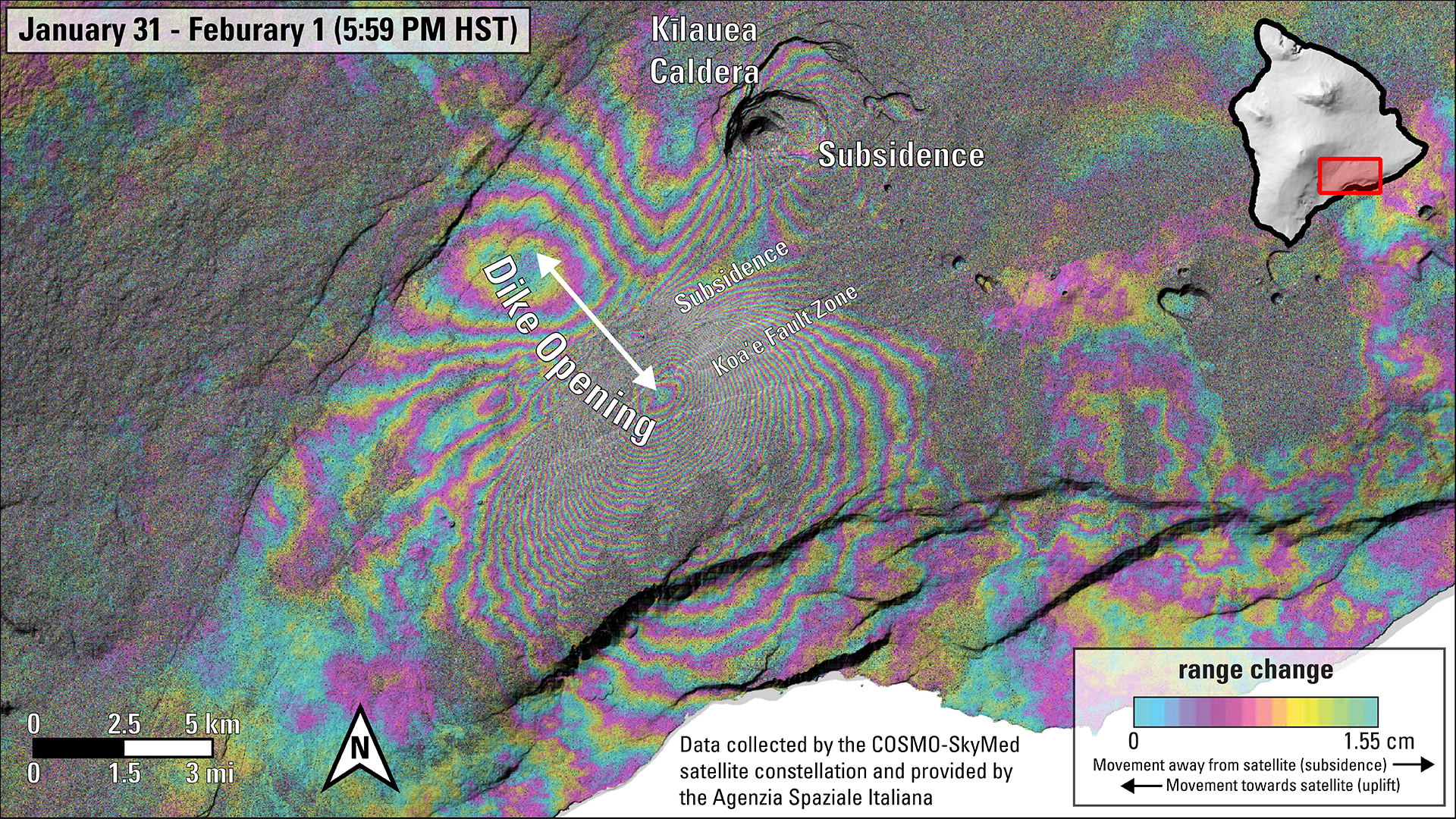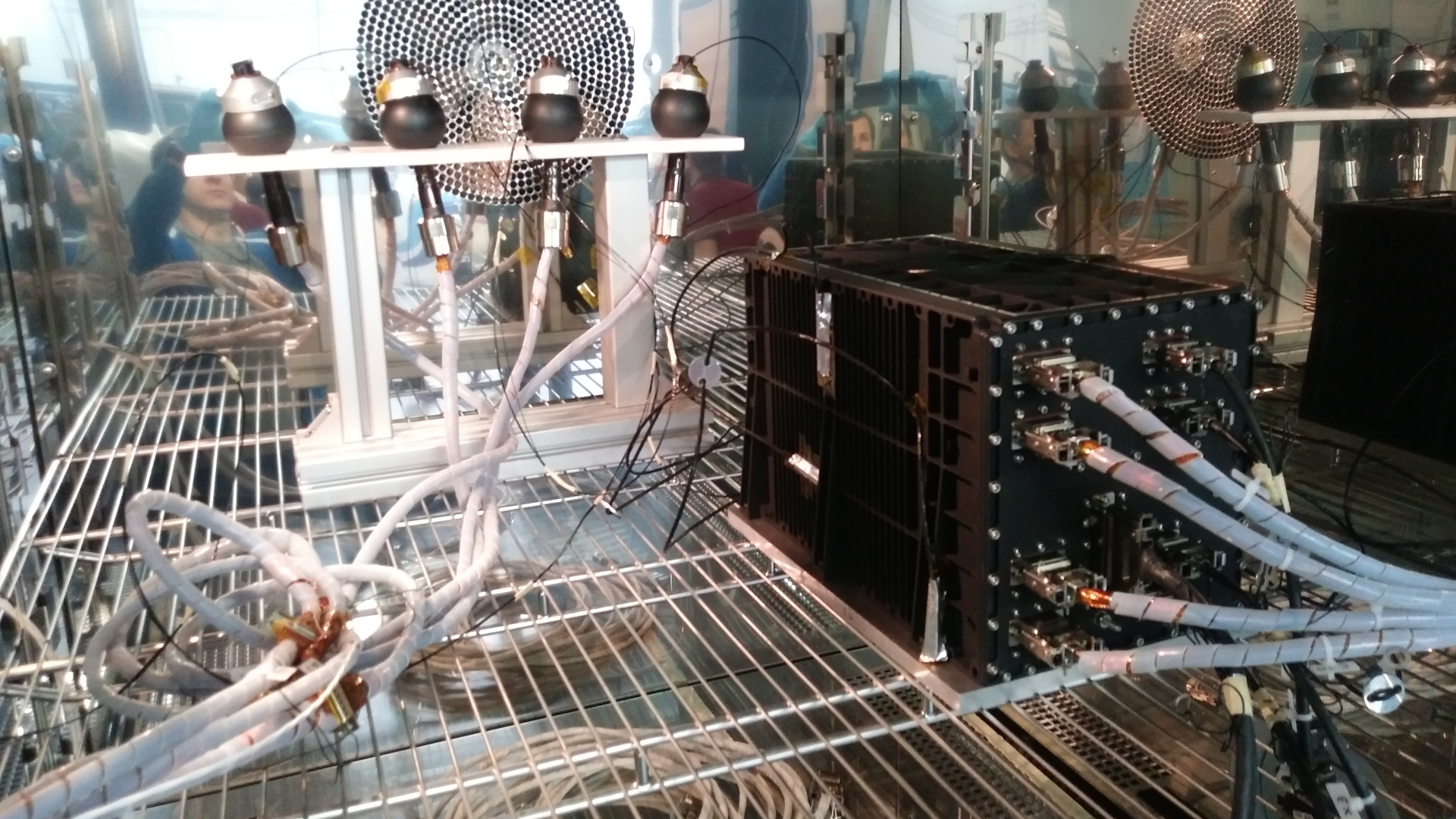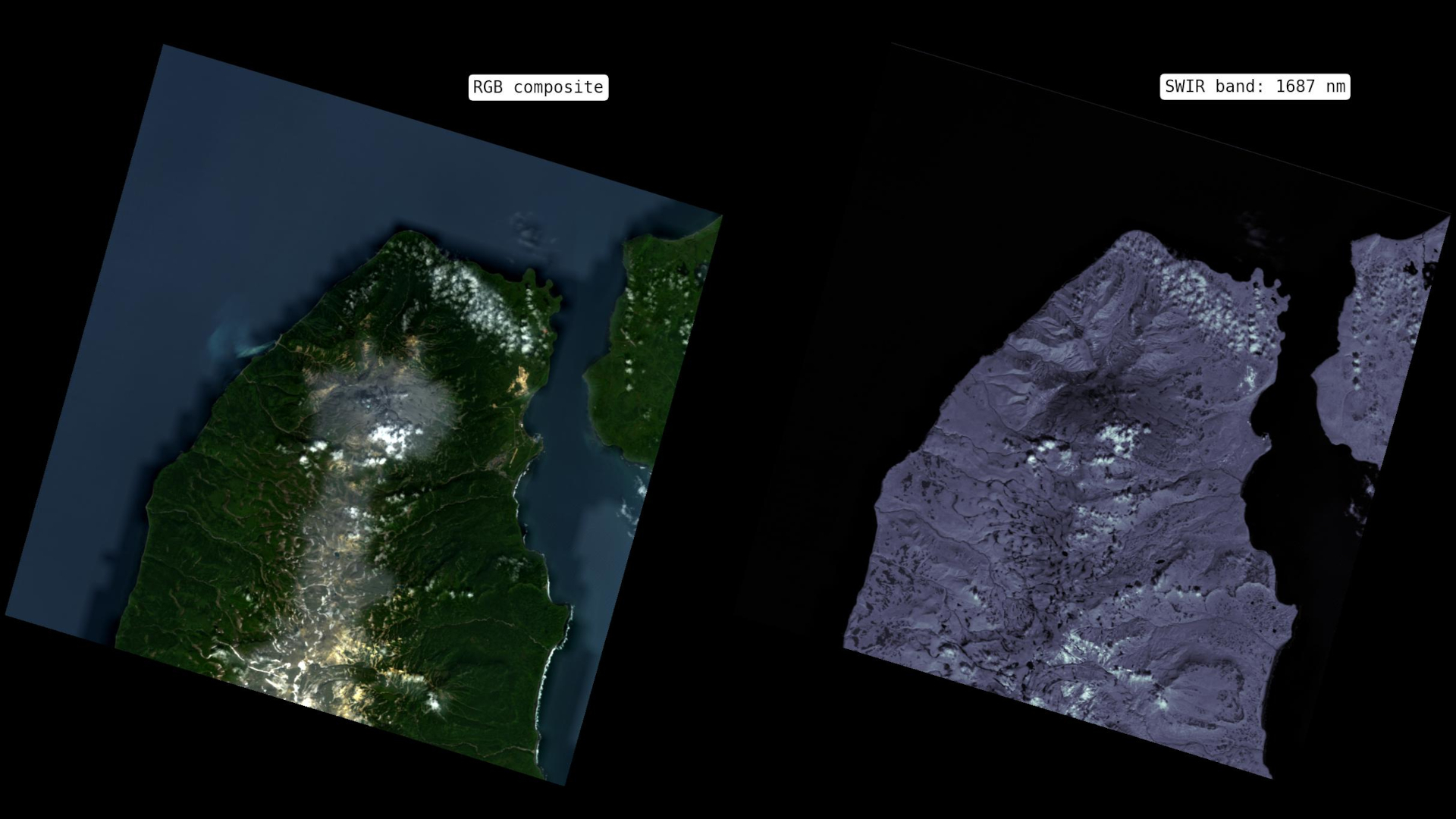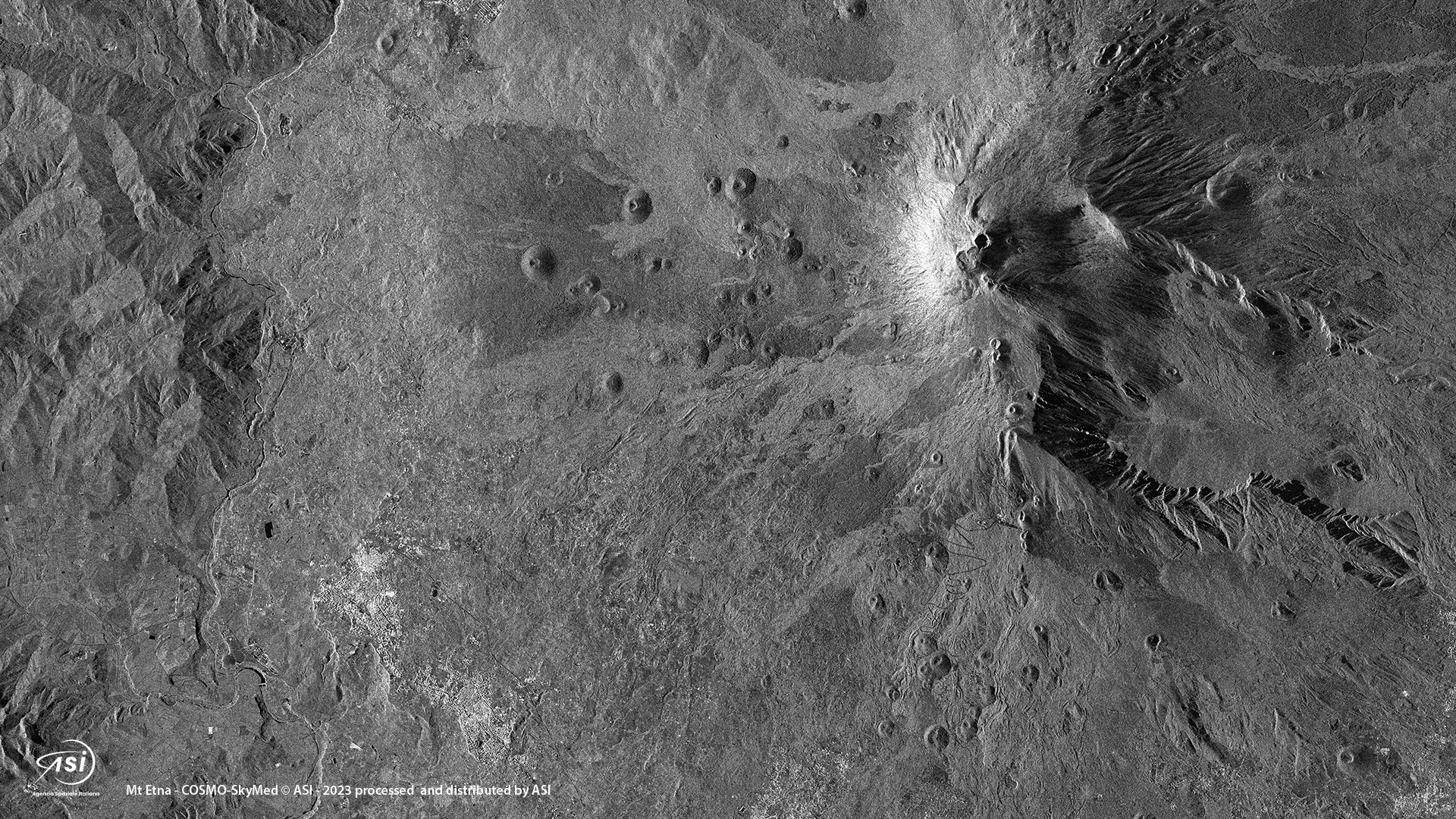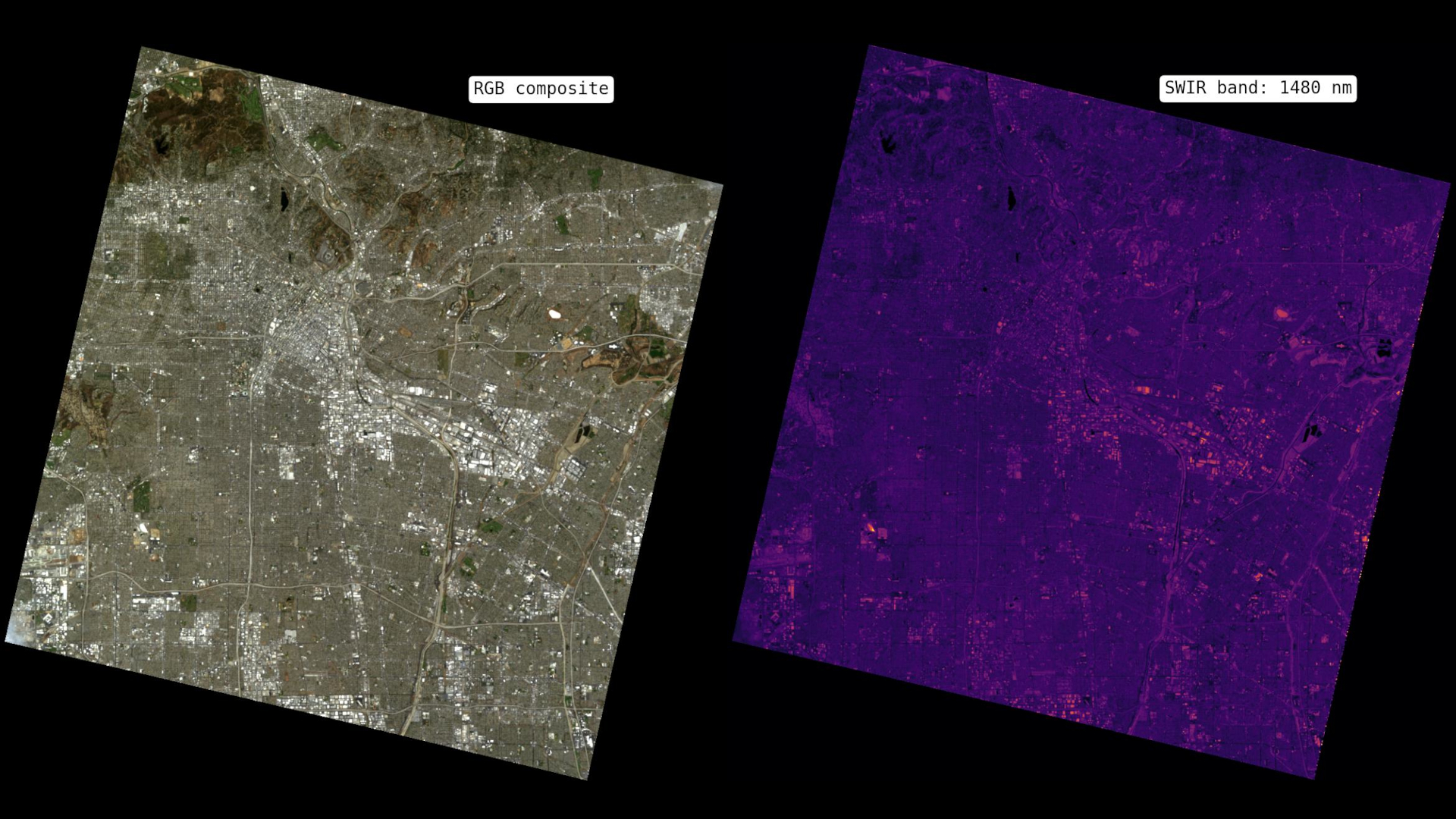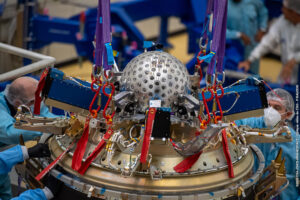
LARES2 (acronym for Laser RElativity Satellite #2) is the second satellite of the LARES “group. Its main purpose is the precise measurement of the frame-dragging effect of inertial frames, generated by mass-energy currents such as the rotation of a body with mass, as provided for by the theory of general relativity.
Compared to its precursor LAGEOS and LARES missions, the main scientific purpose of the LARES 2 mission is to significantly increase the accuracy of the frame-dragging measurement (also known as Lense-Thirring effect) in a satellite’s orbit around the Earth, as well as the measurement of the Earth’s gravitomagnetic field, with an accuracy of few parts per thousand.
The characterization of the gravitomagnetic field and the concept of frame-dragging are, in fact, two cornerstones of Einstein’s theory of general relativity. Such unprecedented level of accuracy will be essential, both to improve the limits of some fundamental physics concepts, such as those relating to the theory of strings, and to model the orbital effects generated by the collision of rotating black holes, of the same type as those observed by the LIGO interferometers. Finally, the LARES2 mission will also allow to conduct some new fundamental physics experiments and will provide important estimates in the field of space geodesy and geodynamics.
The satellite
Same as its precursor LARES, LARES2 is a spherical passive satellite, obtained from a single, high-density block of nickel alloy. With a diameter of about 424 mm and a mass of nearly 297.5 kg, the satellite was designed to minimize the surface/mass ratio and, subsequently, the effects of radiation pressure (both solar pressure and Earth’s albedo) and atmospheric resistance (which is minimal, considering the nearly 6000-km altitude), and to reduce the disturbances caused by thermal anisotropy effects on the satellite, such as the Yarkovski effect.
The LARES2 satellite hosts a homogeneous distribution of 303 COTS (Commercial Off-the-Shelf)-type corner cube retroreflectors (CCRs), of an inch in diameter; they are an unprecedented solution for this type of missions.
The function of such retroreflectors is to reflect the laser pulses sent by the different stations belonging to the International Laser Ranging Services (IRLS), to which the Geodesy Centre of the Italian Space Agency in Matera belongs too. They allow to measure the position of the satellite with a precision of about 1 mm and, therefore, to reconstruct its orbit with extreme accuracy. Also the additional components which are used to mount the retroreflectors, such as screws and metallic rings, are made with nickel alloy in order to cancel any temperature gradients between the different elements.
The launch
LARES2 was launched aboard the maiden flight of the first Vega-C on 13 July 2022. Its operational orbit is expected to be circular with a nearly 6000-km altitude and a 70° inclination. Since it’s passive, which means it doesn’t have any electronic components aboard, and is placed in a quite high orbit, the LARES2 satellite will remain operational for laser-ranging measurements indefinitely.
On the occasion of the launch, along with LARES2 as main payload, six CubeSats selected by the European Space Agency and manufactured by European universities and research centres will be placed in the same orbit. These include Astrobio (manufactured by the INAF and the School of Aerospace Engineering) and GreenCube (manufactured by the University of Rome La Sapienza), whose development has also been promoted and developed by the ASI.
The team
The LARES2 mission is entirely funded and managed by the Italian Space Agency. The Principal Investigator is Professor Ignazio Ciufolini (Department of Engineering for Innovation, University of Salento).
The School of Aerospace Engineering of the University of Rome La Sapienza is in charge of the satellite project, while the National Institute for Nuclear Physics (INFN) and, in particular, its Frascati and Padova branches are in charge of its manufacturing and the relevant development models.
OHB Italia is in charge of the design and manufacturing of the satellite restraint system to the launcher during the launch and release stage, once the satellite has reached its orbit. The mission will also cooperate with international scientific teams, in particular as regards data analysis.
